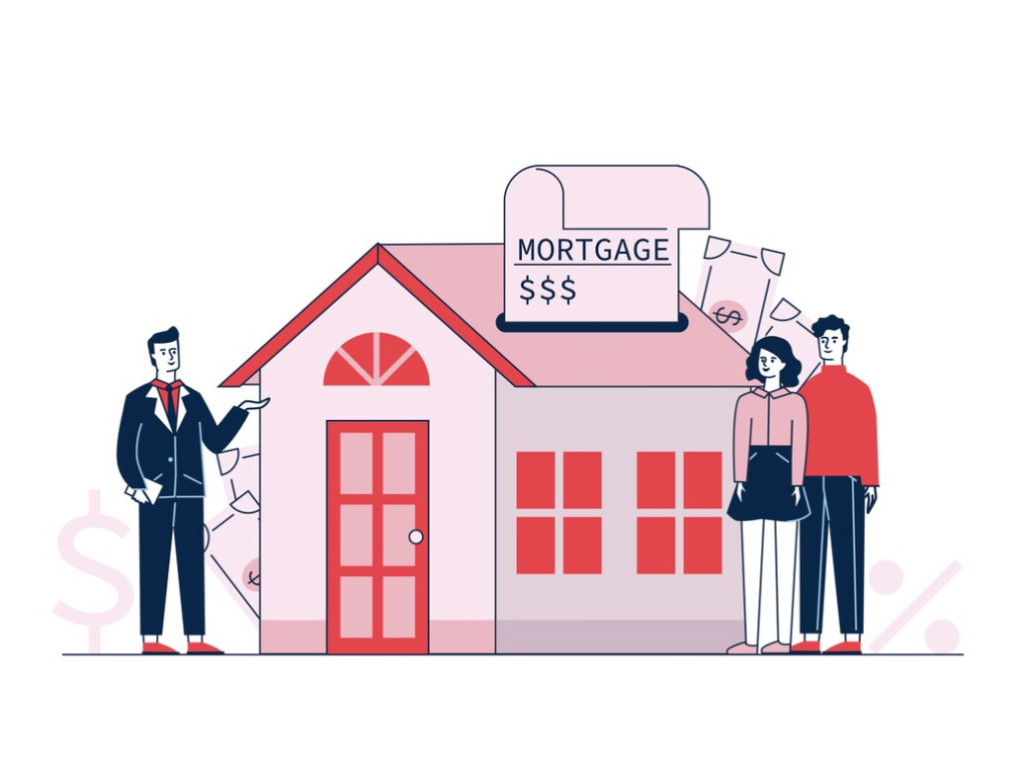A new report from the Institute for Fiscal Studies (IFS) has revealed a troubling trend: an estimated 320,000 people have been pushed into poverty due to rising mortgage rates in 2022 and 2023. This stark statistic highlights the significant impact of increased housing costs on the financial stability of many UK households.
The Impact of Rising Mortgage Rates
The surge in mortgage rates has been dramatic. The average rate for a two-year fixed mortgage jumped from 2.34% in December 2021 to over 6% by December 2023. This rise has translated into a substantial increase in monthly mortgage payments. For instance, a £200,000 mortgage saw payments rise by £412 per month, from £881 to £1,293. These increased costs have sharply reduced disposable income for many households, pushing them into financial hardship.
Official Statistics Understating the Problem
The IFS report suggests that official data do not fully capture the impact of rising mortgage costs on poverty levels. While the official figures indicate that around 230,000 people have been pushed into poverty due to higher mortgage payments, the actual number is closer to 320,000. This discrepancy is partly because official statistics do not measure mortgage interest payments accurately, instead modeling them based on average interest rates.
The Broader Economic Context
Despite the pandemic and the ongoing cost-of-living crisis, the overall rate of absolute poverty remained stable at 18% in 2022-23, the same as in 2019-20. However, there was a slight increase of 0.8 percentage points (520,000 people) in poverty rates between 2021-22 and 2022-23.
More direct measures of hardship have shown significant increases. The proportion of working-age adults unable to keep their homes warm enough rose from 4% to 11% (1.8 million to 4.6 million) between 2019-20 and 2022-23. Similarly, the share of adults behind on bills increased from 5% to 6% (2.1 million to 2.5 million).
Inflation and Its Unequal Impact
The cost-of-living crisis has not affected all households equally. Lower-income households and pensioners have faced a higher rate of inflation due to soaring energy and food prices. This unequal impact of inflation means that the actual rise in poverty is likely higher than official statistics suggest. Taking this into account, the IFS estimates that poverty rose by 210,000 more people than the official figures indicate for 2021-22 and 2022-23, including 80,000 pensioners.
Financial Hardship and Mortgage Rate Rises
The report highlights the financial hardship caused by rising mortgage rates. Adults who remortgaged in 2022 were 2 percentage points more likely to fall into arrears on bills than those who had not. This suggests that as more households remortgage, the number of adults falling behind on bills could increase by 370,000.
Expert Opinions
Sam Ray-Chaudhuri, a Research Economist at IFS and an author of the report, emphasized the importance of accurately measuring the impact of mortgage rates on poverty. He noted, “Rising mortgage rates have played and are likely to continue to play an important role in many households’ living standards. But, perhaps surprisingly, they are not measured properly in the official income data.”
Peter Matejic, Chief Analyst at JRF, pointed out the uneven impact of the cost-of-living crisis. “Compared with before the COVID pandemic, many more people, especially those on a lower income, struggled to heat their homes or keep up with their bills,” he said.
Lauren Peel, Director of Consumer Insights at Fair4All Finance, stressed the urgent need for better financial support and inclusion. “Improving financial inclusion can be a key enabler for the Government’s growth plans. It’s vitally important that people can access affordable credit and the wider support they need from banks, building societies, credit unions, or community providers.”
Conclusion
The rise in mortgage rates has had a profound impact on the financial well-being of many UK households, pushing 320,000 people into poverty. As the cost-of-living crisis continues, it is crucial for policymakers and financial institutions to provide better support and resources to help those affected. Accurate measurement of financial hardship and targeted interventions are essential to mitigate the impact of rising costs and improve financial resilience across the country.






